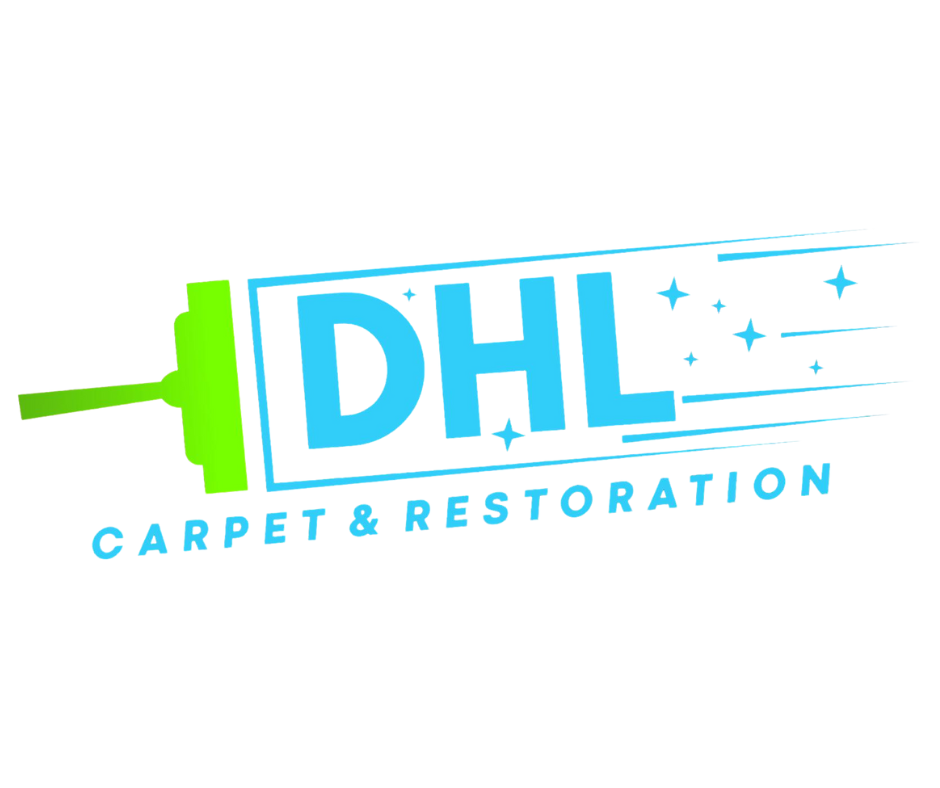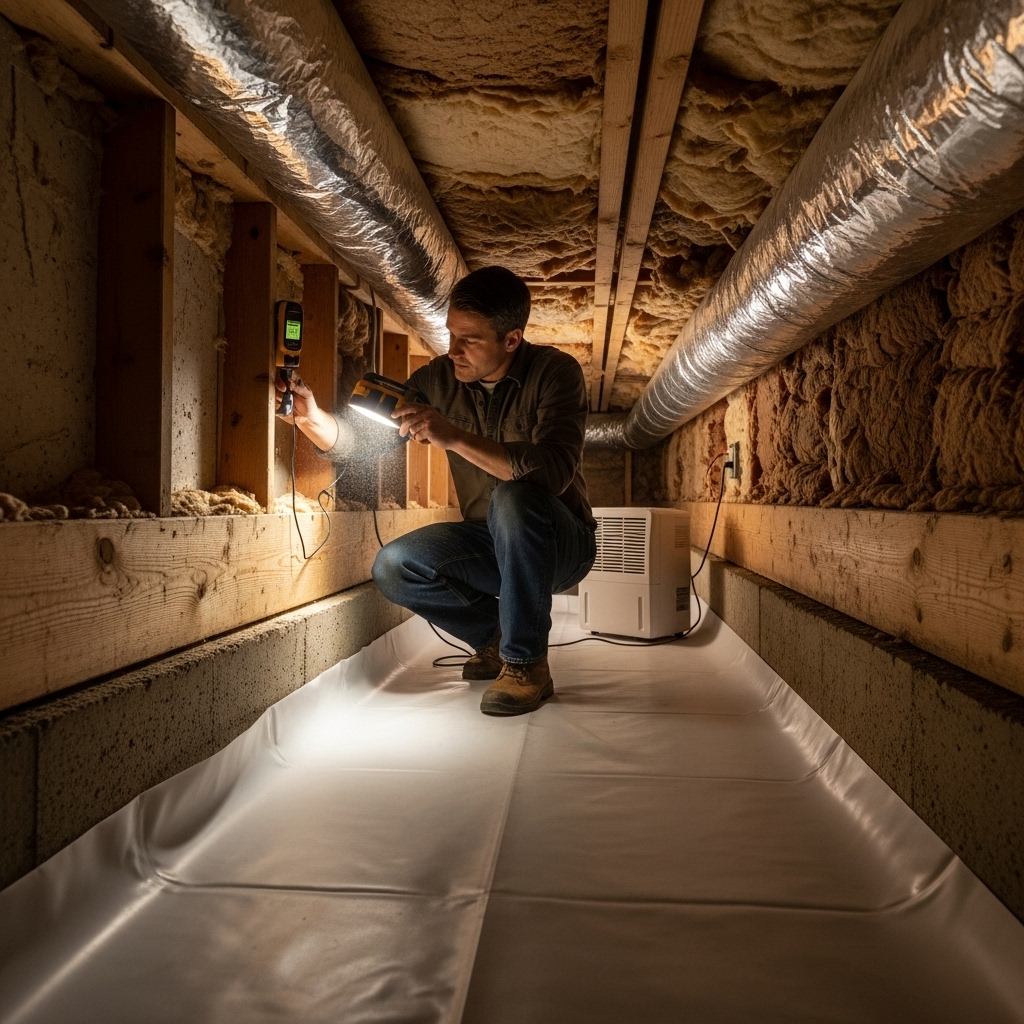Even with a solid plan, mold removal can present surprises: odors that linger, stains that return, or humidity that refuses to drop. New Jersey’s climate and diverse housing stock add complexity, from damp basements and tight attics to older plumbing and storm exposure. This troubleshooting guide provides practical strategies to overcome common obstacles, so you can finish the job confidently. For context, a quick review of mold removal fundamentals helps you pinpoint whether the issue is residual contamination, ongoing moisture, or both.
Troubleshooting focuses on cause-and-effect. Each symptom points to a likely source, a verification method, and a targeted fix. Use these tips during and after remediation to course-correct without losing momentum. When problems escalate or span multiple systems, do not hesitate to call trained professionals for a comprehensive evaluation.
Symptom: Musty Odor Lingers After Cleaning
Likely Causes: Residual moisture, hidden contamination behind finishes, or contaminated dust. Basements and bathrooms often retain smells because humidity rebounds after cleaning or because moisture remains in porous materials.
Verification: Use a hygrometer to confirm humidity below 50%. Check moisture with a meter at drywall bottoms, baseboard areas, and rim joists. Remove a baseboard or outlet cover to inspect cavities for hidden staining or dampness.
Fixes: Increase dehumidification and direct airflow across surfaces. Consider removing and replacing persistently damp baseboards or drywall. HEPA vacuum again, detergent clean, and re-disinfect. If odors persist in a localized area, open the cavity to inspect and remove contaminated materials.
Symptom: Mold Returns Weeks After Remediation
Likely Causes: Unresolved leaks, condensation on cold surfaces, or elevated humidity cycles. Window condensation in winter and basement seepage after storms are frequent New Jersey triggers.
Verification: Track humidity over several weeks, not days. After rain or temperature shifts, note any spikes. Inspect for minor leaks at plumbing fittings, roof penetrations, and around window sills. Thermal imaging, if available, can highlight cold bridges where condensation forms.
Fixes: Address the underlying moisture—regrade soil, extend downspouts, insulate cold lines and rim joists, and vent humid air outdoors. Reinforce prevention habits: use bathroom fan timers, squeegee showers, and run dehumidifiers during summer.
Symptom: Stains Remain After Cleaning
Likely Causes: Pigmented residues embedded in porous or semi-porous materials, even after growth is removed. Stains on framing or subfloors do not always indicate active growth.
Verification: Evaluate by touch, smell, and moisture readings. If the surface is dry, odor is gone, and HEPA/detergent/disinfection steps are complete, staining may be cosmetic.
Fixes: Consider gentle abrasion of wood framing followed by HEPA vacuuming and re-disinfection. For surfaces scheduled to be covered, apply appropriate primers after verification of dryness.
Symptom: Dust Everywhere Despite Containment
Likely Causes: Incomplete containment, inadequate negative pressure, or frequent entry/exit without proper doffing. Cutting or breaking materials dry can produce excessive dust.
Verification: Inspect the perimeter of containment for leaks, loose tape, or unsealed vents. Place a small tissue near a gap to see airflow direction—air should move into the containment.
Fixes: Reinforce seals, add a zipper door, and exhaust air outdoors to create negative pressure. Mist materials before cutting and use HEPA tools where possible. Vacuum pathways after each work session.
Symptom: Dehumidifier Runs Nonstop with Little Progress
Likely Causes: Undersized equipment, open infiltration paths bringing in humid air, or wet contents continuously evaporating. Basements with unfinished walls and exposed earth in crawlspaces are typical culprits.
Verification: Check the unit’s capacity against room volume and temperature. Measure humidity at different heights and corners. Inspect for air leaks—gaps at sill plates, bulkhead doors, or window wells.
Fixes: Seal infiltration points, add weatherstripping, and consider a higher-capacity unit. Dry or remove saturated contents. In crawlspaces, install vapor barriers and ensure proper drainage.
Symptom: HVAC Spreads Odors or Dust
Likely Causes: System ran during demolition, return leaks drawing from damp areas, or contaminated components. Dust can accumulate on coils and in insulation around ducts.
Verification: Inspect filters, returns, and supply registers for dust. Check for gaps in return ducts near basements or utility rooms. If feasible, look at coil cleanliness.
Fixes: Replace filters, seal return leaks, and consider professional duct evaluation. Keep HVAC off during removal, then run with new filters and monitor dust levels. Maintain regular filter changes and humidity control.
Symptom: Attic Mold Despite Roof Repairs
Likely Causes: Bath fans exhausting into the attic, blocked soffit vents, or unbalanced ventilation. Warm, moist air from living spaces condenses on cold sheathing during cool nights.
Verification: On a cool morning, check for condensation or frost patterns on sheathing. Confirm that bath fan ducts terminate outside and that insulation baffles keep soffits clear.
Fixes: Reroute fan ducts outdoors, add or clear soffit vents, and balance intake with ridge or gable exhaust. Seal air leaks from living spaces—attic hatches, can lights, and top plates.
Symptom: Basement Keeps Smelling Musty After Rains
Likely Causes: Hydrostatic pressure driving moisture through walls or slab, clogged footing drains, or inadequate exterior drainage.
Verification: Compare humidity readings before and after storms. Check for damp lines on walls, puddling near bulkhead doors, and efflorescence trails. Inspect gutters and downspout extensions.
Fixes: Improve grading, extend downspouts, service or add a sump system, and seal cracks. Inside, maintain continuous dehumidification during humid months and avoid wall-to-wall carpeting.
Symptom: Skin or Respiratory Irritation During Cleanup
Likely Causes: Insufficient personal protective equipment or poor containment. Some individuals are more sensitive and may react at lower exposure levels.
Verification: Evaluate PPE fit and condition. Ensure the respirator seal is tight and that gloves and eyewear are used consistently. Review whether demolition created dust without adequate controls.
Fixes: Upgrade to a better-fitting respirator, wear disposable coveralls, and improve containment and ventilation strategies. If symptoms persist, step back and consider professional assistance.
Quality Control: Checkpoints That Prevent Rework
- Moisture Source Verified: Leak repaired, drainage improved, or ventilation corrected before rebuilding.
- Containment Effective: No visible dust migration; negative pressure maintained.
- Cleaning Thorough: HEPA vacuuming, detergent cleaning, and disinfection completed in order.
- Drying Confirmed: Humidity at 30–50% and materials at target moisture readings.
- Documentation Complete: Photos, readings, and actions logged for future reference.
Materials and Methods That Improve Outcomes
When rebuilding, select materials that tolerate moisture better. In bathrooms, use cement board in wet zones and moisture-resistant drywall elsewhere. In basements, choose finishes that allow drying rather than trapping moisture. Apply appropriate primers on cleaned, dry surfaces before painting. Upgrade exhaust fan capacity and add timers to ensure operation long enough to clear humidity.
During maintenance, clean exhaust grilles, replace filters on schedule, and inspect plumbing connections regularly. Keep storage elevated and use sealed bins to reduce dust and cellulose exposure. Small habits compound into long-term resilience.
When to Escalate
Some problems signal the need for expert help: recurring growth despite careful work, large multi-room contamination, suspected HVAC involvement, or health reactions in the household. Specialists can provide comprehensive containment, negative air machines, targeted demolition, and documentation that supports peace of mind and property transactions.
If you reach a standstill—uncertain whether the odor is residual, the moisture is ongoing, or the cleaning is sufficient—schedule a consultation. Experienced teams can test assumptions, refine your plan, and complete remaining phases efficiently. Many New Jersey homeowners combine DIY efforts with targeted professional services for the best result.
Frequently Asked Questions
Why does mold keep returning in my bathroom? Persistent humidity, inadequate exhaust, and tiny leaks around fixtures are common causes. Improve ventilation, re-caulk compromised joints, and squeegee surfaces to remove standing moisture.
Is bleach the fastest solution? Bleach may lighten stains but can leave moisture behind and may not penetrate porous materials. Mechanical removal, HEPA vacuuming, detergent cleaning, and proper disinfection produce more reliable results.
How can I tell if my dehumidifier is big enough? Compare the unit’s capacity to the room’s square footage and moisture load. If it runs constantly without reaching targets, upgrade capacity, reduce infiltration, and dry wet contents.
Should I run HVAC during remediation? Keep systems serving the work area off to prevent spread. After cleaning, install new filters and monitor dust. Consider professional duct evaluation if contamination is suspected.
Do I need testing for peace of mind? Testing can help document success, especially for larger projects or real estate needs. However, visible cleanliness, moisture normalization, and odor elimination are foundational indicators of success.
Finish Strong and Prevent the Next Outbreak
Stubborn mold issues usually trace back to moisture control or incomplete cleaning. By diagnosing symptoms, verifying with measurements, and applying targeted fixes, you can resolve obstacles and protect your investment. When you want assurance or turnkey solutions, collaborate with trusted mold removal experts who can help you finish strong and keep your New Jersey home healthy.

